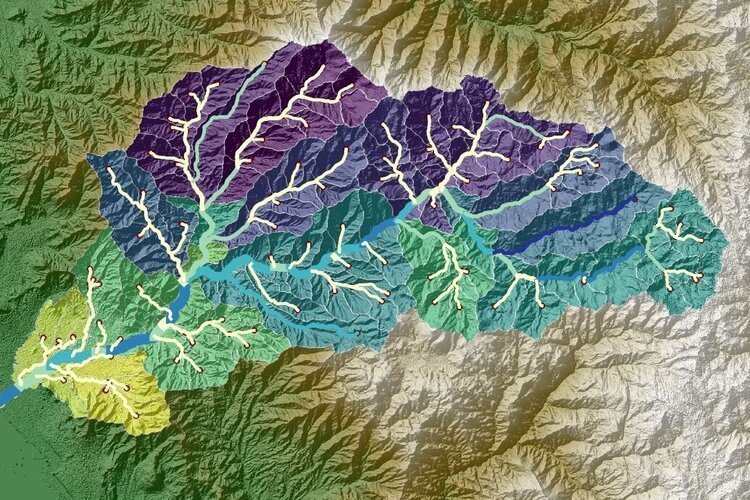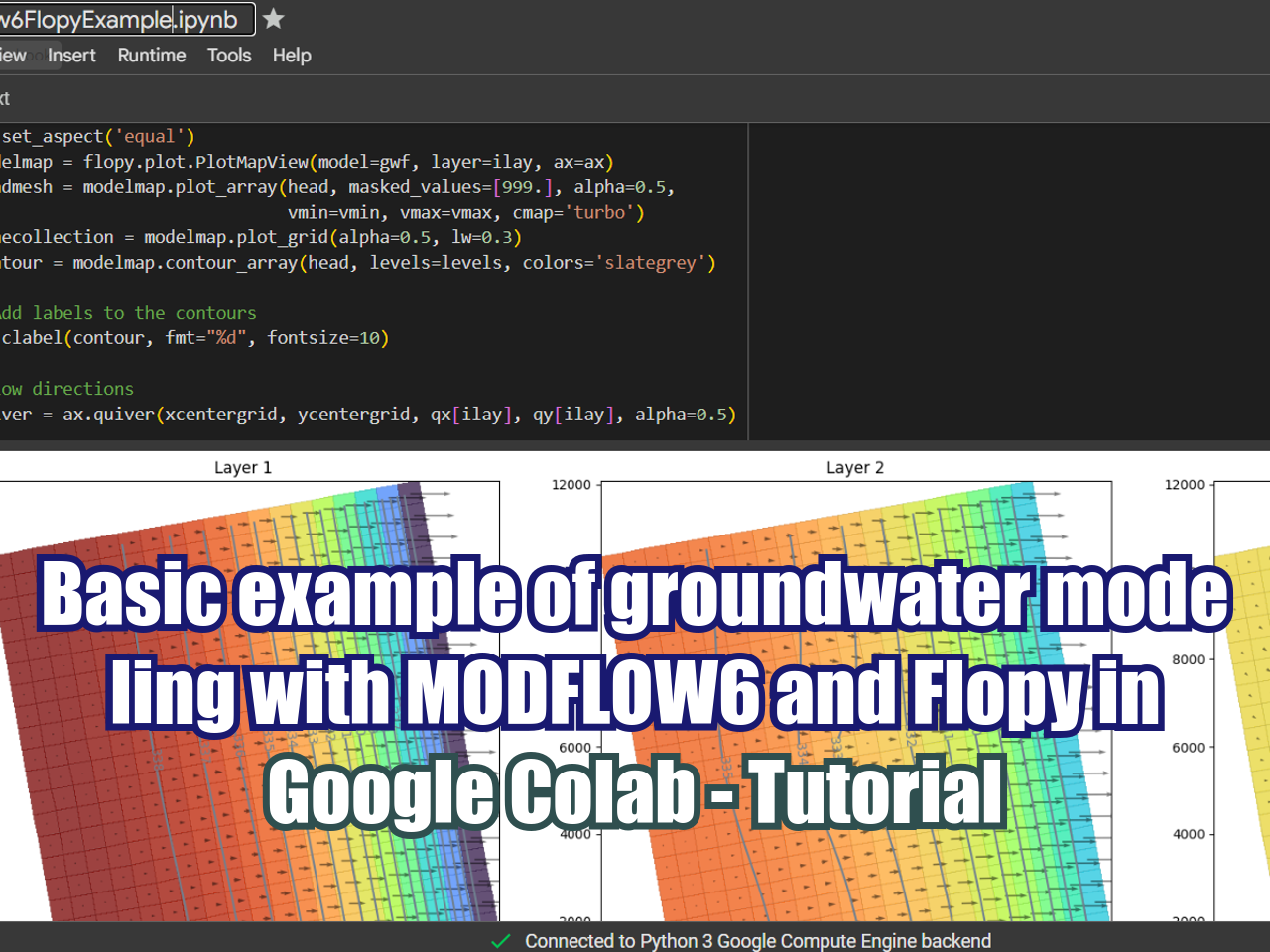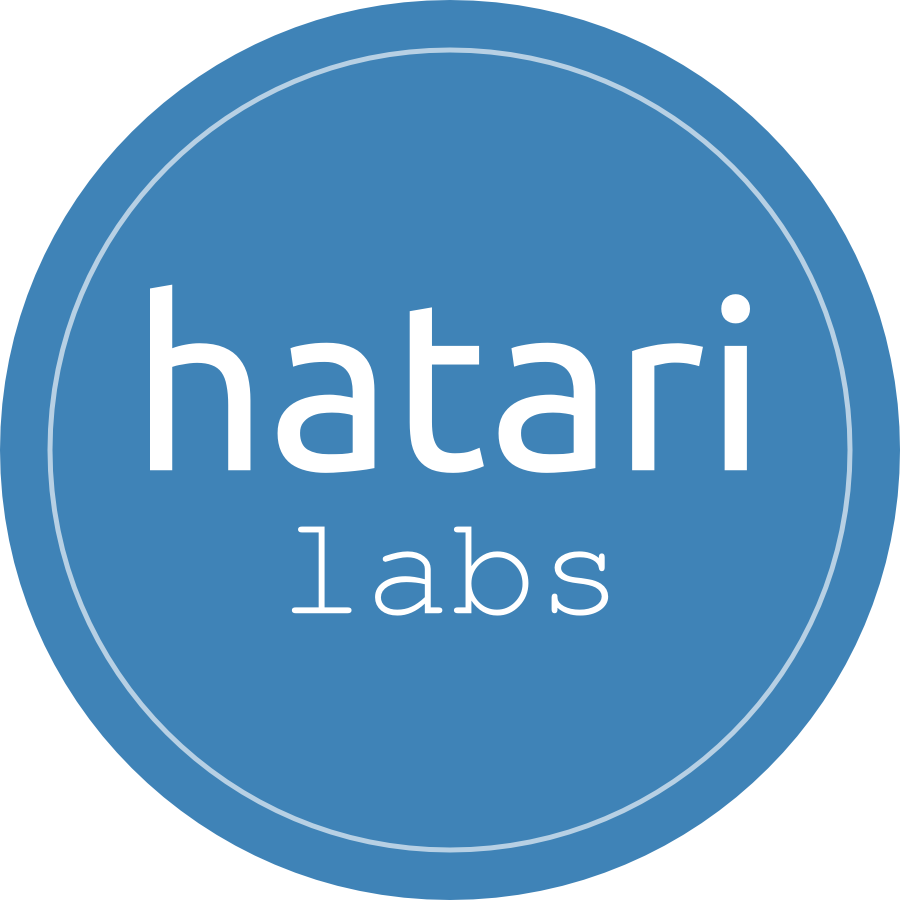Tutorial of Regional Groundwater Modeling with Local Refinement using MODFLOW 6 - DISV and Model Muse 4
/We have explored the new (or not so new) options of Modflow 6 and Model Muse 4 to create local refinements on a regional scale based on hydraulic features. So far, we came up with a decent example of regional groundwater modeling on a andean basin with three boundary conditions and decreasing hydraulic conductivity with depth. The tutorial also explores the complexities to model basins with high difference on elevation and the use of text defined parameters to implement the Newton formulation in Modflow 6.
Read More
























